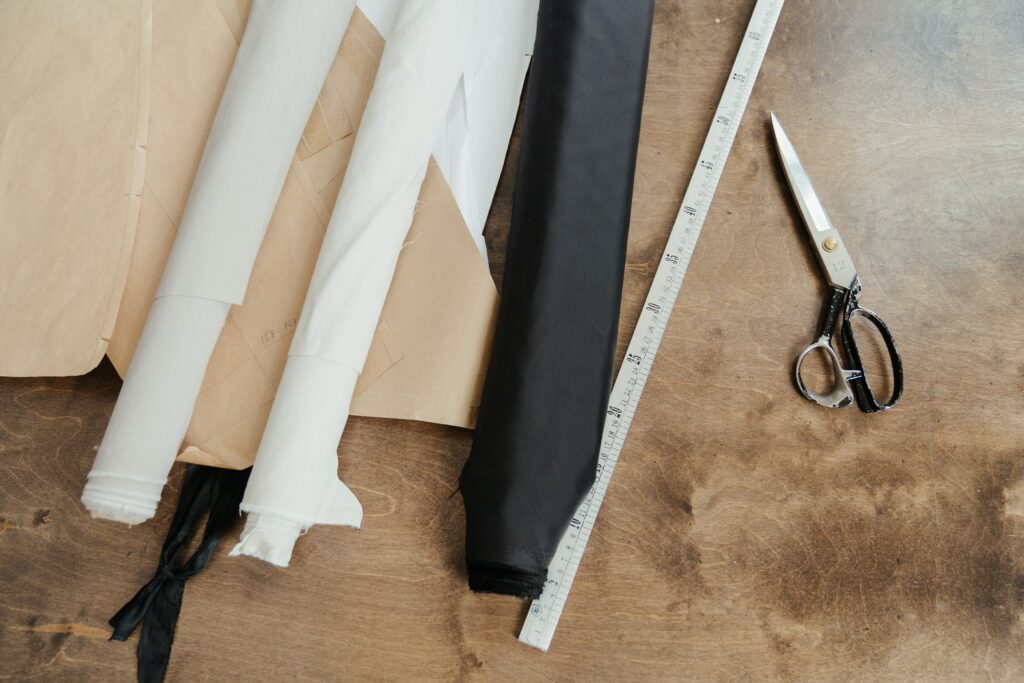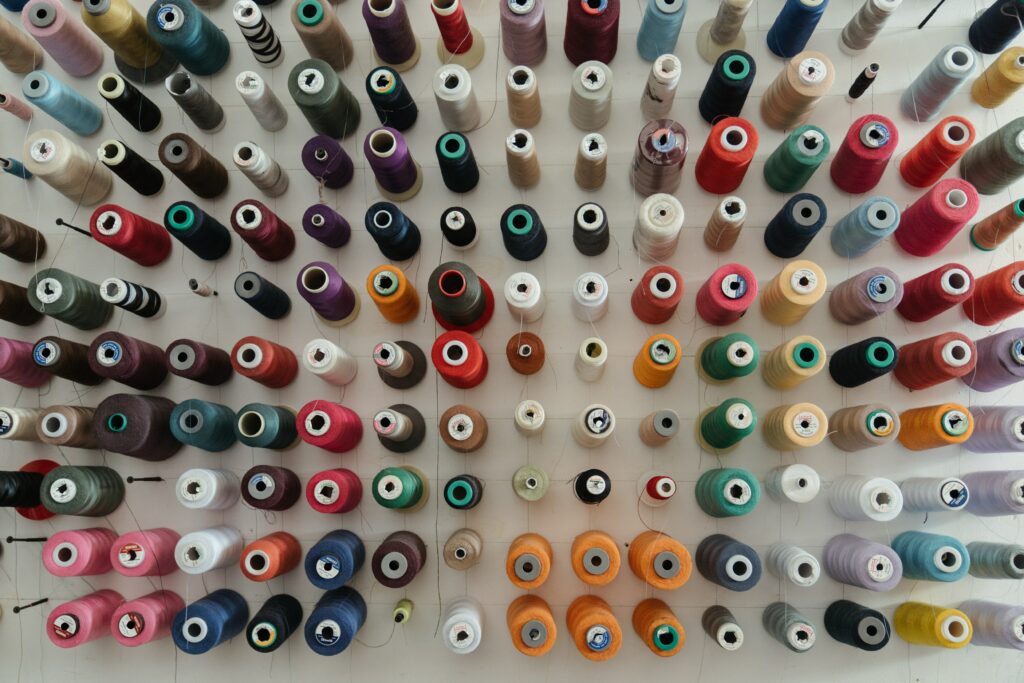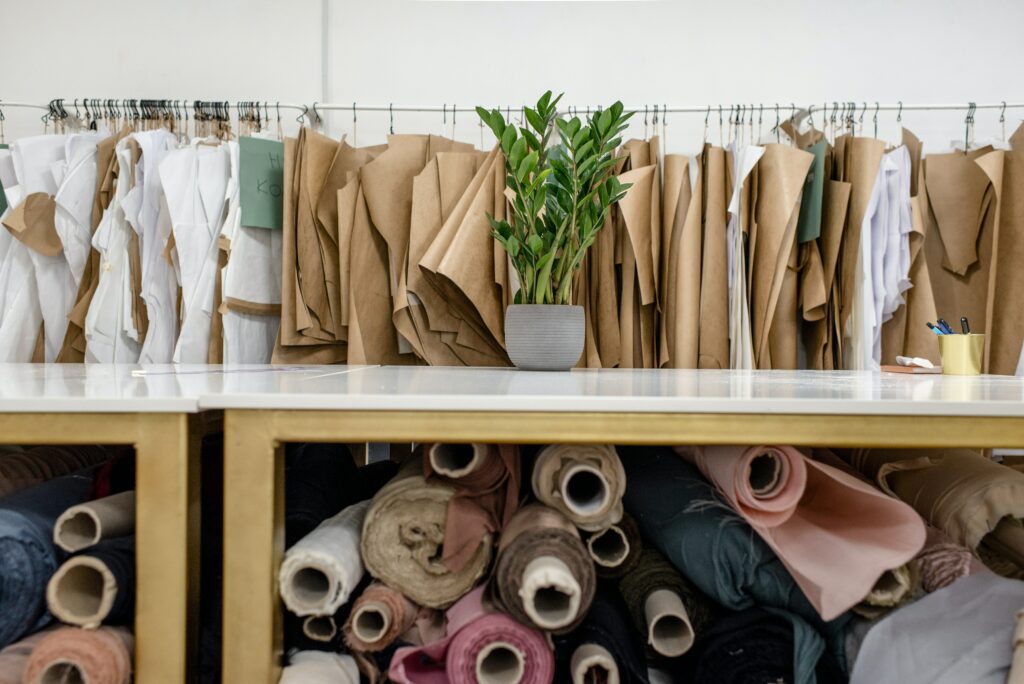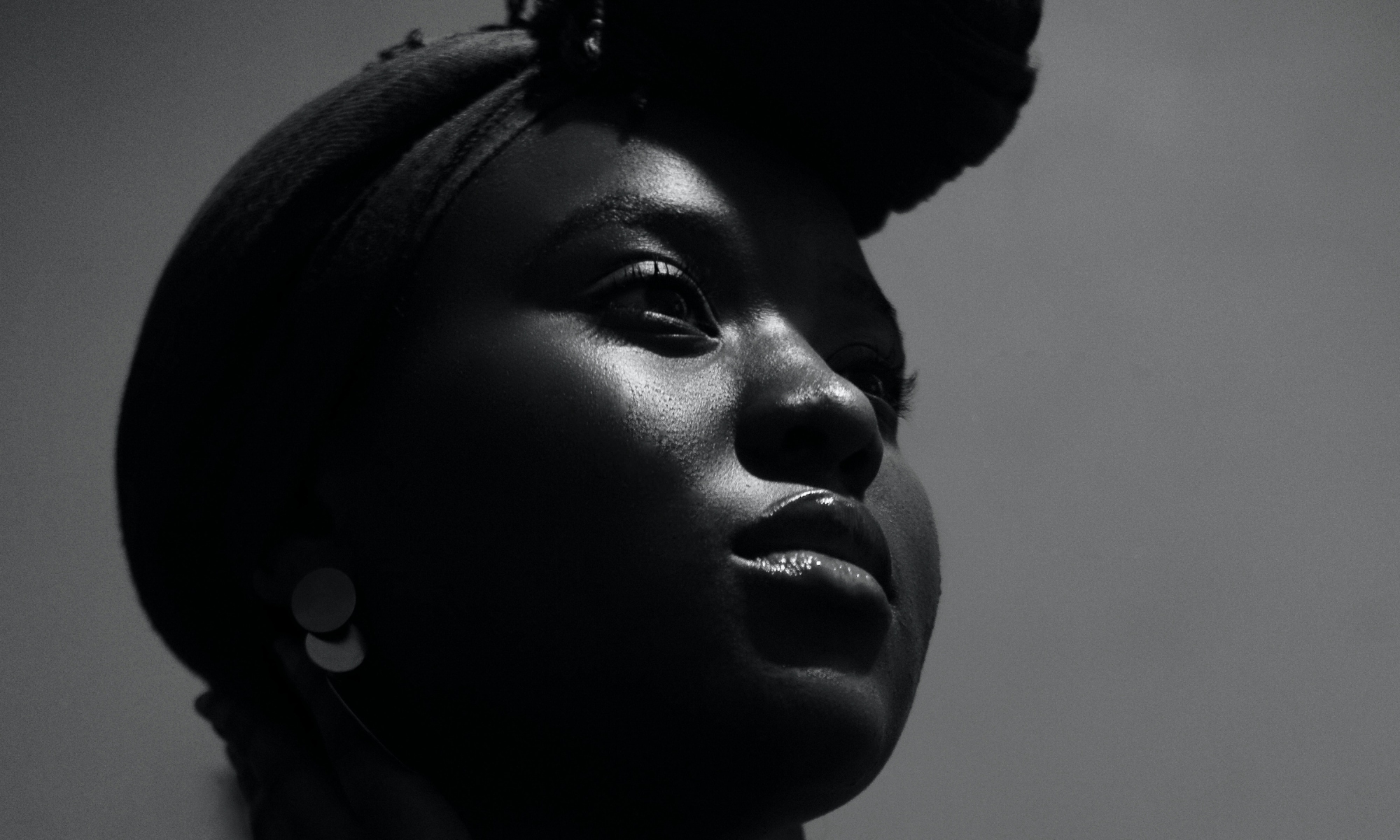“REJECTION”… Quite a sore topic to discuss but what better way to start the new year than with a fresh perspective on your fashion business?
Countless times we hear people of African descent complain about the lack of diversity (in terms of design and clothing origin) in major international retail stores. We either complain that bigger fashion brands are stealing our ideas and culture and making money off of it or that our designers have potential but don’t seem to be advancing on the international front. The truth is that though many African brands may have talent, many are not aware of all the international standards and testing required as well as the complex supply chain it takes to get their amazing products to the international market. If you’re a brand that has been turned down by buyers from big retail chains, here are 5 reasons why your brand may have been rejected…

1. Fabric and Trims Testing
Did you know that most large retailers require fabric and trims tests? For instance they will want to know if your fabrics contain azo dyes and formaldehyde or to what extent the fabric shrinks or expands etc.
A brand that does not know these tests to even be able to conduct them or have them done by a testing agency will not get far in the global retail buying process. What is more interesting is the fact that many wax prints used by African brands do not pass these tests! So even if a buyer decides to give the brand a shot, the test results are usually discouraging. If you’re a brand who has experienced this, have you considered taking the time to find a good fabric supplier who uses trusted dyes? Have you also considered using other indigenous African fabrics besides ankara? There are several viable local fabrics. How about printing local designs on another fabric base?

2. Manufacturing Process
For boutique retailers, the buyer may want clothing pieces that are each unique in their own way, however, large retailers tend to want uniformity in the order. This is difficult to achieve for small brands working with individual tailors that each want to add their unique touch to garments. For instance, if 2 tailors are working on a trouser order of 50 pieces, it is likely that there will be slight style differences across the order. Mass producing clothes in a factory production line usually helps with this since the production of each garment is spread across several different workers and all these workers are given strict guidelines to follow in making their tiny piece of the garment. Make sense? The good news, though, for small brands is that it is also possible to achieve some uniformity in an order even if working with a workshop of tailors and seamstresses. It takes creation of strict guidelines for the workers, and excellent quality control. Or even better, you could consider selling to boutiques and not large retailers.

3. Versatility of Fabric
I love African prints as much as the next African, however, many big buyers want orders with versatile fabric. They may love the print but may want fabric that performs differently (for example, fabric that is softer, stiffer, silkier etc). Once again, if you’re a brand who has experienced this have you considered having traditional patterns printed on a different base fabric?

4. Poor Online Branding and Merchandising
Branding and merchandising is such a big deal for any clothing brand, whether you want to sell through your own shop or an international retailer. Many talented designers with quality products are not able to attract buyers because of poor online branding. Copy (the wording you use) and imagery are very important here. What pictures are you displaying? Is it the clothing items that have a proven track record of selling quickly? And what image quality do you accept? Just because all your loyal customers send you their pictures does not mean you have to display them on your Instagram feed. All these things matter in impacting how clean, organized and unique your brand is. Intentionally create your own relevant content if you want to build a brand that buyers want to be a part of. It pays off in the end.

5. Do the Math!
Well not only the math but the research as well. Did you know that on the international market most retailers put a markup of 2.5 (average) on the product cost? This is because they have several costs of their own and also have to factor in all the discounts and giveaways they will have to do. So if you plan on selling your clothing to a major retailer for $10 when their average clothing price is $18 you should already know that your brand is too expensive for them. A retailer may reject you not because your quality is bad but perhaps your cost is just too high. So save yourself the time; Look for retailers that fall within your selling cost range or consider slightly changing your product and pricing structure.
References/credits; Ace Avenue Agency. For more information visit, https://www.aceavenueagency.com

